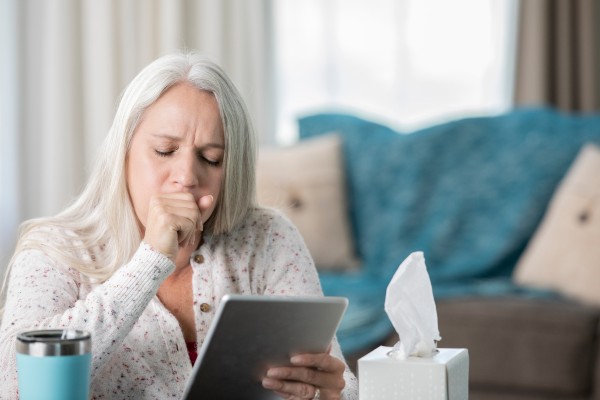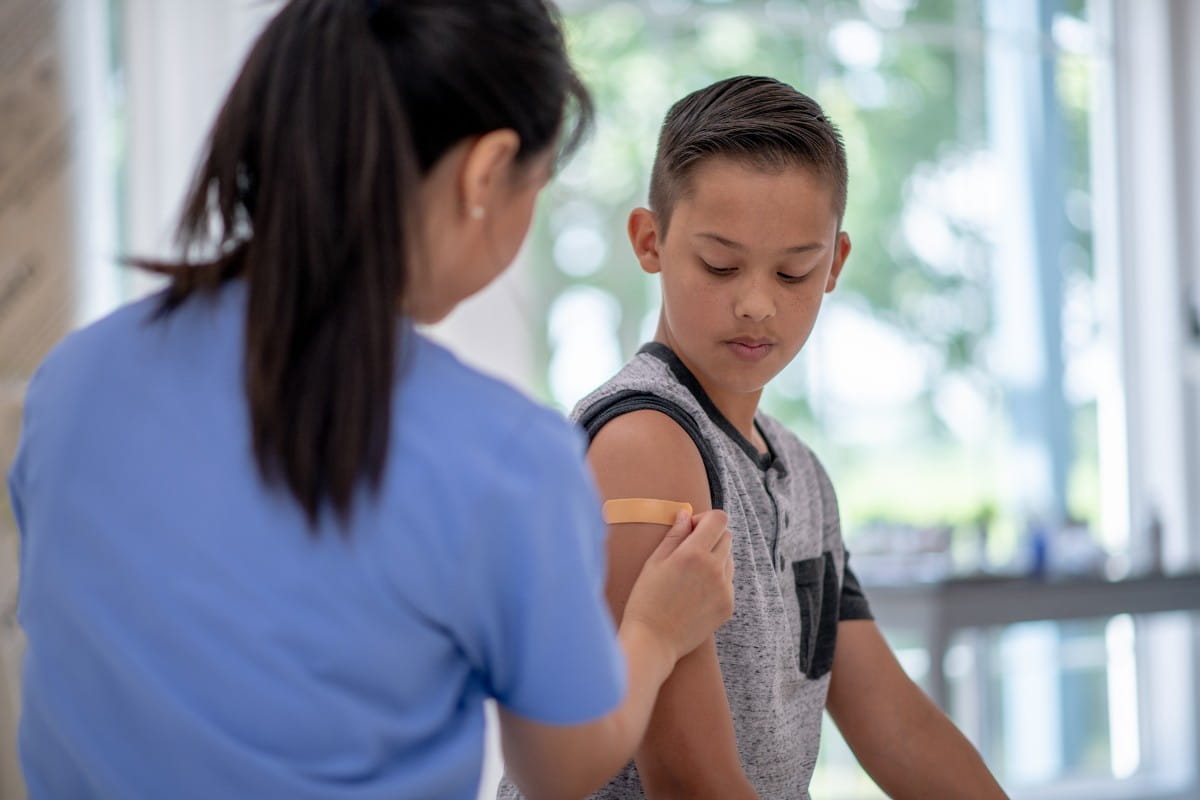With cold and flu season continuing through May, spring allergies just beginning, and the new coronavirus – with its similar respiratory symptoms – now circulating around the globe, you’re probably wondering how to tell the difference between them all.
Don’t panic if you’re coughing and sneezing. The threat of COVID-19 to the general U.S. population is still low. Review this quick guide to sort the differences between each condition. Then read on to learn what Rebekah Sensenig, D.O., physician specialist in infectious disease at Riverside Health, has to say about treatment.
How to tell the difference between COVID-19, the flu, a cold and allergies
| COVID-19 | Influenza | Common Cold | Seasonal Allergy |
|
Is a contagious viral infection thought to be spread from person to person through cough and sneeze (or respiratory) droplets Symptoms are fever, |
Is a contagious viral infection spread from person to person through respiratory droplets Symptoms come quickly and include severe body aches, chills, fatigue, cough and headache Can also cause sneezing, a runny or stuffy nose, and a sore throat Doesn’t always cause a fever |
Is a contagious viral infection spread from person to person through respiratory droplets or stool Comes on gradually with a runny or stuffy nose, sneezing, a sore throat, a mild cough, and some body aches |
Not contagious. Happens when your immune system overreacts to substances in the environment – normally pollen, grass or mold in the spring Cause a runny or stuffy nose, sneezing, and itchy eyes, skin or mouth
|
What to do if you're sick
First, Dr. Sensenig says it’s not likely to be COVID-19 (the new coronavirus) or even the flu if you don’t have a fever.
“If you have respiratory symptoms but no fever, it’s probably a cold,” she says. “Stay home, get some rest and drink plenty of fluids.”
You can also try an over-the-counter cold medicine. If your symptoms don’t improve after 10 days, call your doctor. You could have a sinus infection or be mistaking seasonal allergies for a cold.
But if you have a fever, call your primary care provider for guidance. And be sure to tell them if you think you’ve been exposed to COVID-19.
“Unless you’re in a high-risk group – and that includes the elderly, children, pregnant women and people with certain medical conditions – you’ll probably be given self-care instructions over the phone and told to stay home,” says Dr. Sensenig.
This is because most cases of COVID-19 and flu don’t require medical treatment and antibiotics don’t work for viral infections.
However, if you begin to show what the Centers for Disease Control and Prevention call emergency warning signs of COVID-19, go to the emergency room or call 911 immediately. Warning signs include trouble breathing, blue lips or face, chest pain, confusion, or trouble staying awake.
Otherwise, stay home until you’re well, cover your mouth and nose when you cough or sneeze, and wash your hands frequently. This will help keep you from spreading the virus to others – whether it’s the common cold, flu or COVID-19.



